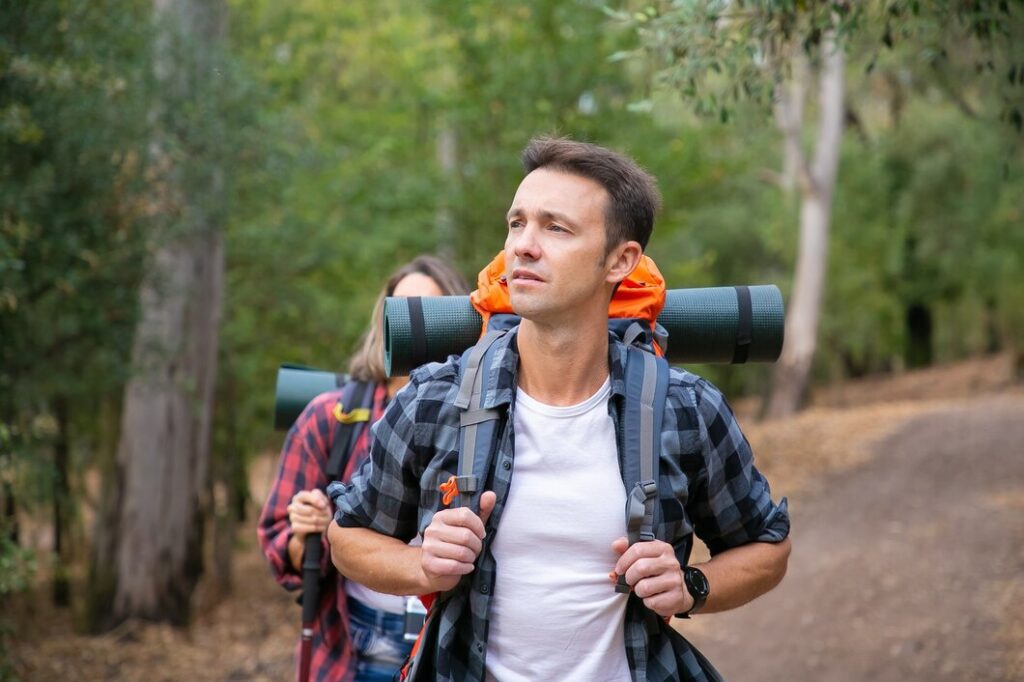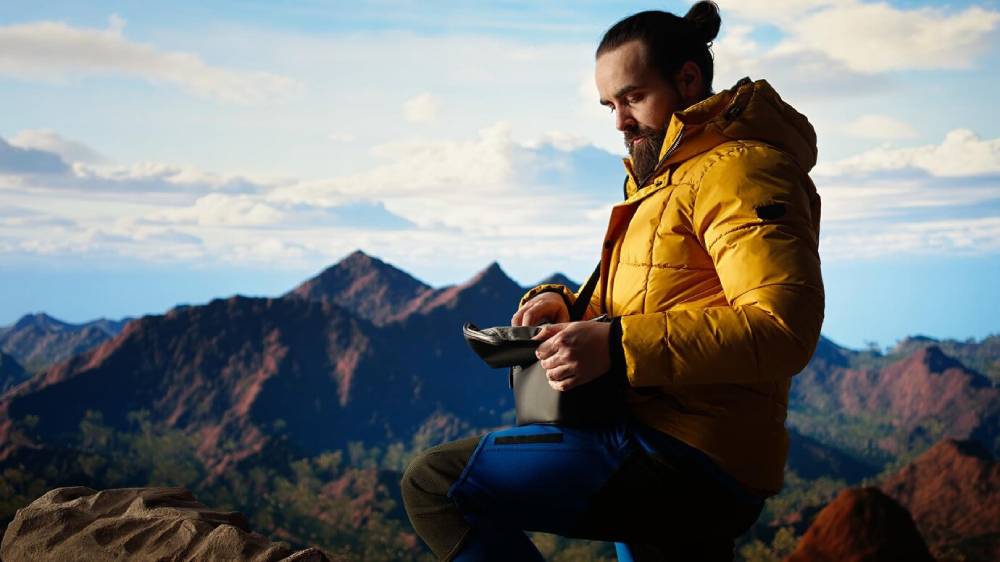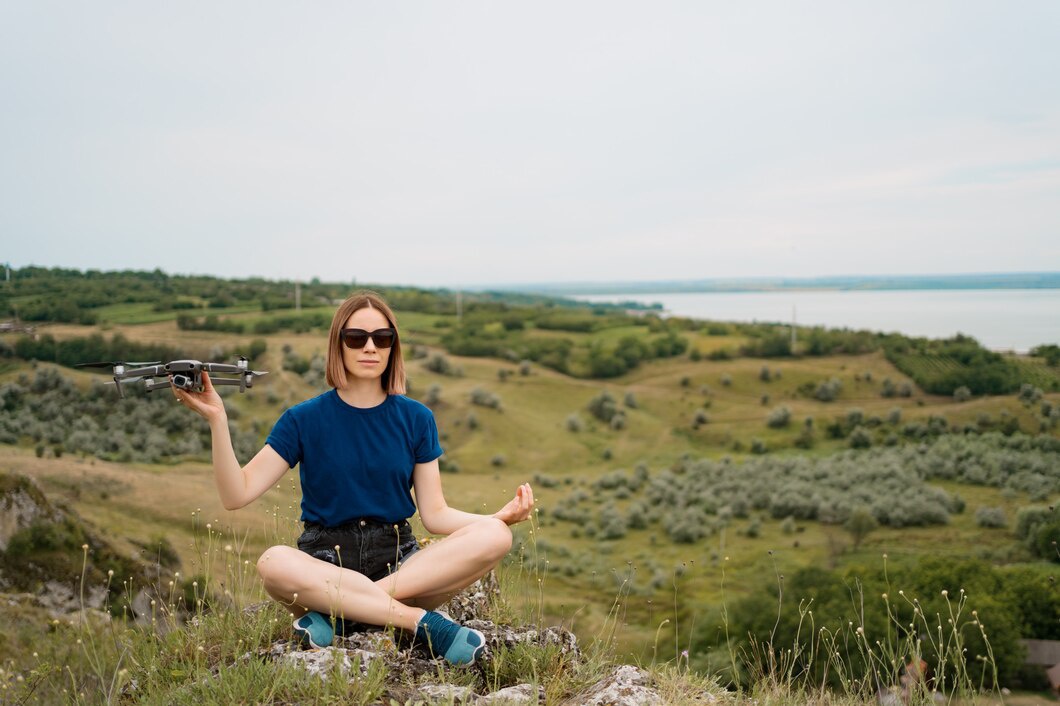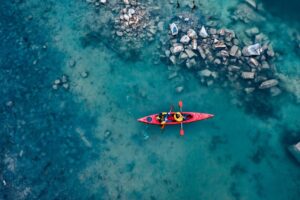The Travel Blog

How to Choose the Right Adventure Sport for You
Your Adventure Begins with the Right Fit
Ever found yourself scrolling through adrenaline-packed Instagram reels, wondering if you could do that? From white-water rafting to paragliding, adventure sports offer thrills, personal growth, and unforgettable memories. But not every sport suits every body—or mind.
Choosing the wrong sport could mean injury, frustration, or a quick end to your adventure aspirations. Picking the right one? That could spark a lifelong passion.
Whether you’re drawn to the skies, mountains, water, or wheels, this guide will help you align your personal fitness and adventure goals with the best possible sport for you.
Understanding the Core: Why Personal Fit Matters in Adventure Sports

Selecting the right adventure sport is more than picking what looks fun—it’s about what feels right for your body, mindset, lifestyle, and motivation.
Factors That Matter:
- Fitness level: Some sports demand serious stamina (think mountaineering), others need bursts of power or balance (surfing or BMX).
- Risk tolerance: Are you okay with free-fall? Or would you prefer something grounded?
- Time and cost commitment: Skydiving requires training and certification. Hiking? A good pair of boots and a weekend.
- Personality type: Are you a team player or a solo soul-seeker?
According to the British Journal of Sports Medicine, aligning activity type with personal preference increases participation consistency by up to 70%.
Quick Reference: Adventure Sport Selection Checklist
- Assess your fitness level honestly
- Identify your risk comfort zone
- Consider your budget and time availability
- Choose environments you love to be in (water, mountain, sky, etc.)
- Think about your personality and social style
- Align with goals (confidence, strength, skill-building, fun)
- Try before you commit (intro classes, taster sessions)
Step-by-Step Guide: How to Choose Your Sport
Step 1: Know Your Body and Base Fitness
Start with self-assessment:
- Are you cardio-fit or strength-strong?
- Any medical limitations?
- How quickly do you recover from intense activity?
Example: If you’re great at endurance but struggle with heights, opt for long-distance trail biking over paragliding.
Pro Tip: Consult a sports physiotherapist for a fitness profile if unsure.
Step 2: Pinpoint Your Personality Type

Match your mindset with the sport.
Personality Trait
Best-Fit Adventure Sport
Calm, introspective
Scuba diving, long-distance hiking
Energetic, social
Rafting, team obstacle races
Detail-oriented, focused
Rock climbing, martial arts-based sports
Free-spirited, thrill-seeking
Skydiving, bungee jumping
Your mindset drives motivation—don’t force a fit just because a trend says it’s cool.
Step 3: Understand Risk vs Reward
Not all thrills are created equal.
- Low-risk, high-reward: Snorkelling, paddleboarding
- Moderate risk: Rock climbing, windsurfing
- High-risk: BASE jumping, heli-skiing
Important: Match your adventure goals to the risk profile you’re comfortable with.
Step 4: Budget for the Long Haul
Some sports are gear-intensive or require lessons.
Ask yourself:
- How much does gear hire or purchase cost?
- Are permits or certifications required?
- What are the travel costs to suitable locations?
Secret tip: Try budget adventure travel options before investing big.
Step 5: Trial Run Before Full Commitment
Before buying gear or booking a multi-day expedition:
- Join local meetups or clubs
- Take an introductory class
- Try simulated environments (indoor skydiving, climbing gyms)
Trying before committing saves money—and can prevent injury.
Common Mistakes
Avoid These Common Pitfalls:
- Don’t compare your journey to others—it’s personal.
- Avoid starting with extreme variants (e.g. ice climbing vs indoor bouldering).
- Don’t skimp on safety gear to save money. Ever.
Expert Insight: “Your ideal sport should stretch you, not stress you. When people pick a sport aligned with their personality and energy level, they stick with it longer.” – Claire S., Adventure Therapist
Best Practices & Additional Insights
- Keep a journal of how each trial sport makes you feel.
- Start with low-commitment gear rentals to explore several sports affordably.
- Consider hybrid sports like trail-running or kayaking with camping to combine preferences.
- Pair up with a buddy to stay motivated and increase safety.
FAQs
What’s the best adventure sport for beginners?
Hiking, kayaking, or indoor climbing. These require minimal gear and have low entry barriers.
I’m not fit—can I still start an adventure sport?
Absolutely. Start with low-impact options like cycling or walking treks. Many sports improve fitness as you participate.
How do I know if a sport is safe for me?
Check for instructor certifications, read reviews, and choose beginner-friendly programmes.
Can I switch adventure sports if I lose interest?
Absolutely. Many people evolve through multiple sports—starting with hiking, then progressing to climbing or trail running.
What if I live in a city with limited outdoor access?
Look for urban-friendly options like indoor climbing gyms, parkour classes, or cycling clubs that simulate adventure in cityscapes.
Do I need to be able to swim for most adventure sports?
Not always, but for water-based sports like kayaking, surfing, or canyoning, basic swimming ability is recommended for safety.
Is there an age limit to starting adventure sports?
No—there are sports and intensity levels suitable for all ages, from family hikes to tandem paragliding and adaptive climbing.
Can I switch adventure sports later if I don’t enjoy the first one?
Absolutely. Many adventurers try multiple sports before settling on a favourite. Start with low-cost trials to keep your options open.
What if I’m afraid of heights or water?
There are plenty of land-based or indoor sports that don’t require exposure to common fears. Choose something that challenges you without overwhelming you.
How do I find local adventure communities?
Use platforms like Meetup, Facebook groups, or Reddit to find clubs and events near you. Local gear shops and gyms often host events, too.
Are there adventure sports that don’t require expensive gear?
Yes! Hiking, trail running, and bodyweight-based climbing are great examples. Renting gear is also a smart, budget-friendly option.
Conclusion: Find the Sport That Moves You

Choosing the right adventure sport isn’t about copying influencers—it’s about finding your perfect fit. By considering your body, mind, and goals, you’ll set yourself up for a journey that’s thrilling, safe, and deeply satisfying.
So whether it’s surfing in Cornwall, paragliding over the Alps, or hiking the Brecon Beacons—your next great adventure starts with the right choice.
Ready to discover the sport that matches your wild side? Bookmark this guide, share it with your mates, and start planning your personal adventure path today.









